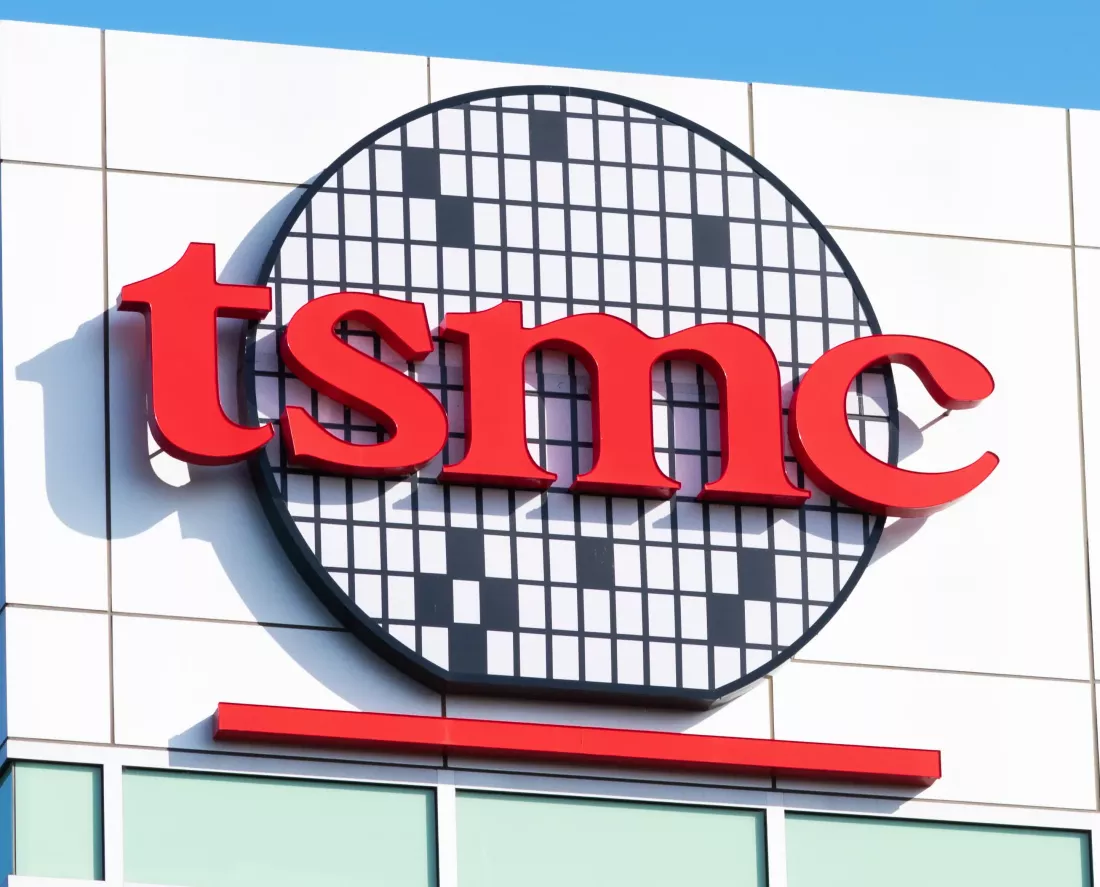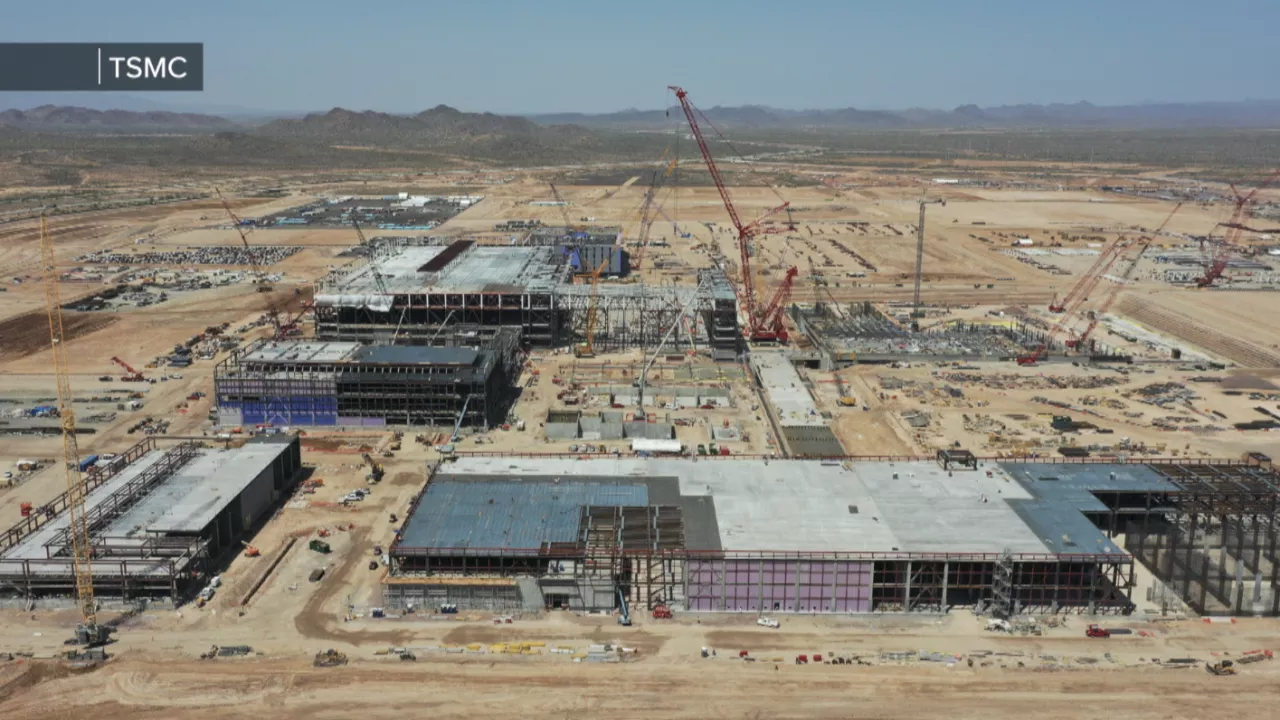What just happened? Even the biggest tech giants aren't immune to the effects of a stuttering global economy and waning consumer demand: the Taiwan Semiconductor Manufacturing Company (TSMC) has just missed quarterly revenue forecasts for the first time in two years.

The global economic crisis brought about by skyrocketing inflation, rising interest rates, and increasingly expensive living costs has seen many consumers rein in their non-essential spending, especially when it comes to expensive tech items.
Samsung, which has often been able to weather the storm during times of economic uncertainty thanks to its broad portfolio, saw its recent quarterly profits fall to an 8-year low. As reported by Bloomberg, TSMC, the world's biggest contract chipmaker, is also feeling the heat. Despite its fourth-quarter revenue increasing 43% to NT$625.5 billion ($20.6 billion), it still fell short of the NT$636 billion analysts expected, marking the first time in two years that the company has missed forecasts.
Reports from last month claimed that utilization rates for TMSC's 7nm and 6nm fabs are expected to fall to 50 percent as clients order fewer wafers, while the 28nm fabs that remain at capacity as of Q3 2022 will start to slow down heading into 2023. The Taiwanese firm is also reportedly renegotiating contracts with customers AMD, Nvidia, and MediaTek, who are cutting orders in the face of falling demand for their products. The Covid-related disruption at Apple supplier Foxconn's Zhengzhou plant has impacted TSMC, too.
The situation doesn't look set to improve in the near term. TSMC is expected to see its revenue decline 15% in the year's first quarter, with another drop to follow in Q2 2023. The long-term outlook is more optimistic, though some analysts believe the company could reduce spending on its expansion plans this year as it did in 2022; TSMC was set to spend $44 billion on upgrading capacity last year, but that figure was reduced to $36 billion.

TSMC is investing billions in its US facilities; its Arizona location will include an upgraded 4nm fab and a 3nm fab for producing the most advanced chips. The Chinese nationalist tabloid Global Times isn't happy about the investment, calling it a "dark turn" in the global semiconductor industry. The publication even claimed the US "tricked" TSMC into building the Arizona fabs and is stealing tech from Taiwan.
https://www.techspot.com/news/97218-waning-consumer-demand-sees-tsmc-miss-revenue-forecasts.html